Daxiushan (大袖衫, big sleeves shirt) were originally men's clothing in the Wei and Jin dynasties, but in the Tang dynasty it referred to women's extra wide big sleeves outfits. The shape of the Daxiushan is straight collar, symmetrical lapels, long sleeves, large cuffs, mostly long clothing body and with splitting and lacing.
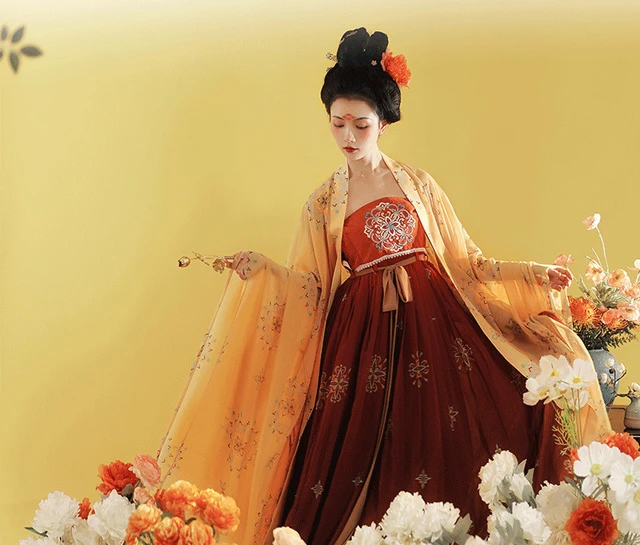
Daxiushan in Tang Dynasty
During the Tang Dynasty, the society was open and Hu clothing was prevalent. Women were free-spirited and often wore men's or Hu clothing. After the flourishing Tang period, the style of women's clothing became wider and wider, and this feature became more obvious in the middle and late Tang period, with general women's clothing, the sleeve width was often more than four feet. Wide sleeve shirts, long skirts and Pibo were worn as the noble dresses at that time, and usually worn on important occasions, such as court meetings, ceremonial, and marriages.
The Daxiushan costume is recorded in Zhou Fang's painting "Court Ladies Adorning Their Hair With Flowers" records the Daxiushan costume. The beauty in the painting wears a long dress with a large-sleeved sarong shirt draped directly. The artist's realistic approach not only portrays the delicate clothing materials of the Tang Dynasty, but also realistically depicts the woman's soft shoulders and arms.
As can be seen, the Shanqun were usually worn inside the thin Daxiushan, and tied to the chest with elegance. From the large quantity of terracotta figurines excavated in the middle and late Tang dynasties, it can be seen that the costumes of the women in the paintings truly reflect the female fashion culture of the time. According to the literature, this style of dress is from the Middle and Late Tang dynasties and was handed down until the end of the Ming Dynasty.
Daxiushan in Song and Ming Dynasties
There are no excavated Daxiushan artifacts from the Sui and Tang dynasties, and the modern restored Daxiushan styles currently on the market are based on paintings and murals that have been inherited as references.
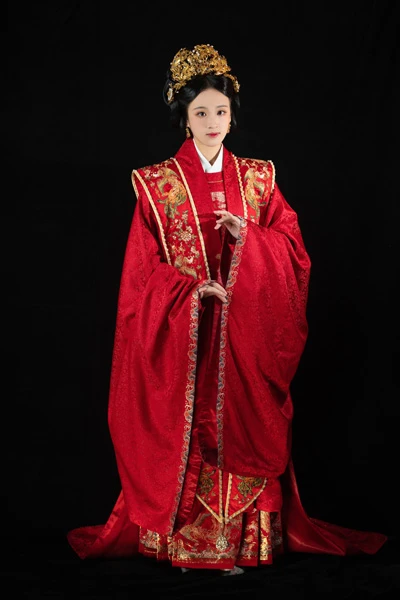
In the Song and Ming dynasties, the Daxiushan was regarded as a formal dress, and there are unearthed artifacts to prove it. In the Song dynasty, the Daxiushan were also called "Daxiu (大袖)", and in the Ming dynasty, it was called "Ming-style Dashan", or "Dashan (大衫)" for short.
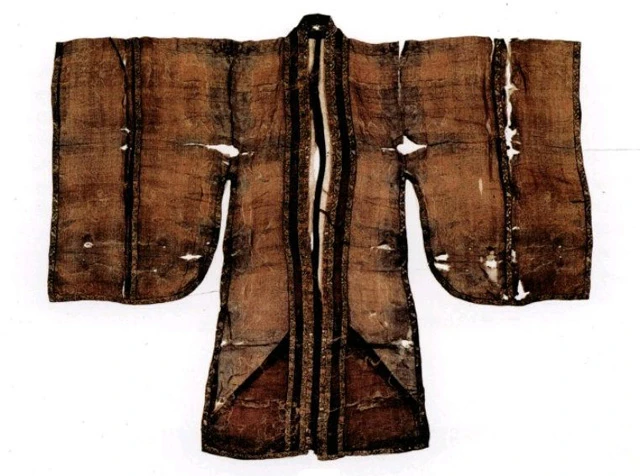
In the Song and Ming dynasties, the Daxiushan had San Jiao Dou (三角兜, triangular pocket) in the back or were short in front and long in the back. As a high-specification Lifu or Jifu, Song Daxiu need to be worn with the Xiapei (霞帔) and Peizhui (帔坠).
More about Xiapei and Peizhui:
Xiapei is made of thick cloth and silk, wide at the top and narrow at the bottom. Peizhui are mostly made of gold and are called gold cape pendants. The back triangular pocket is used to store the end of the Xiapei. As to the Daxiu for ordinary people, there is no triangular pocket, buttons on the shoulders to hold the Xiapei, and a collar edge that leads from the shoulder to the hem.
Dashan and Xiapei were worn by Ming court noblewomen as formal dresses. Dashan is slit from the armpit, short in the front and long in the back, with a length that does not drag the ground, and is lowered to cover the hips and feet when making a ceremonial gesture. There is also a triangular pocket made of this material behind the body, with the bottom edge and tip sewn on the garment, and the sides open for storing the end of the Xiapei.
More about Ming court noblewomen dress:
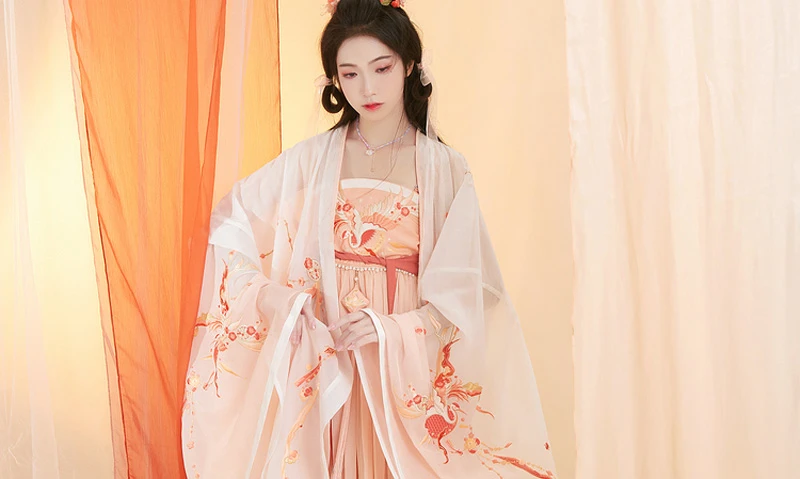
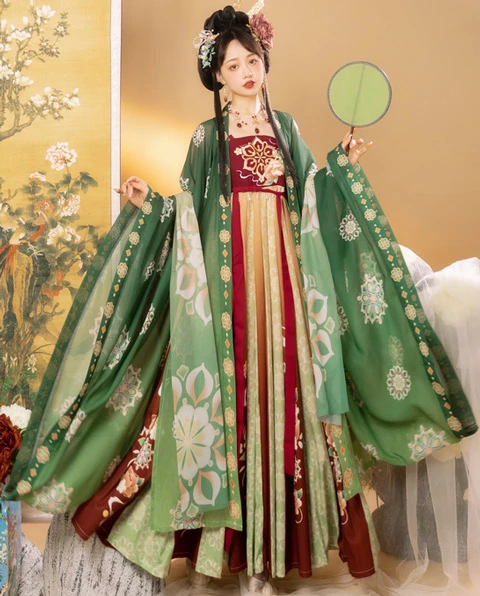
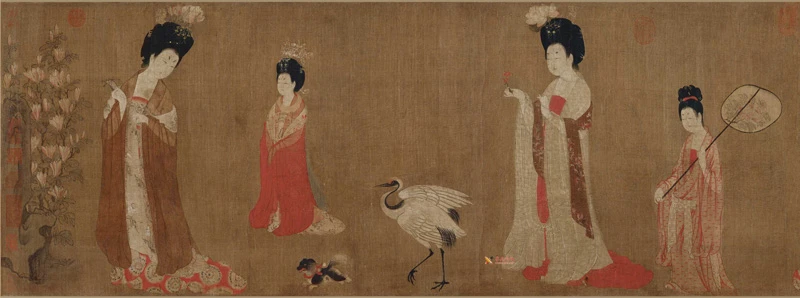
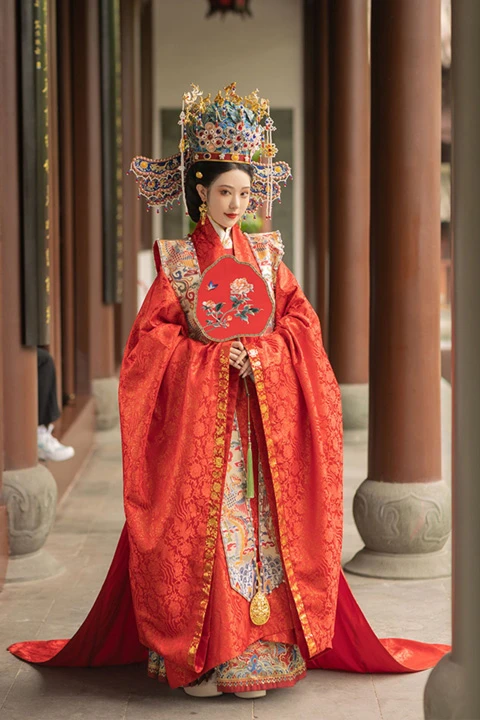


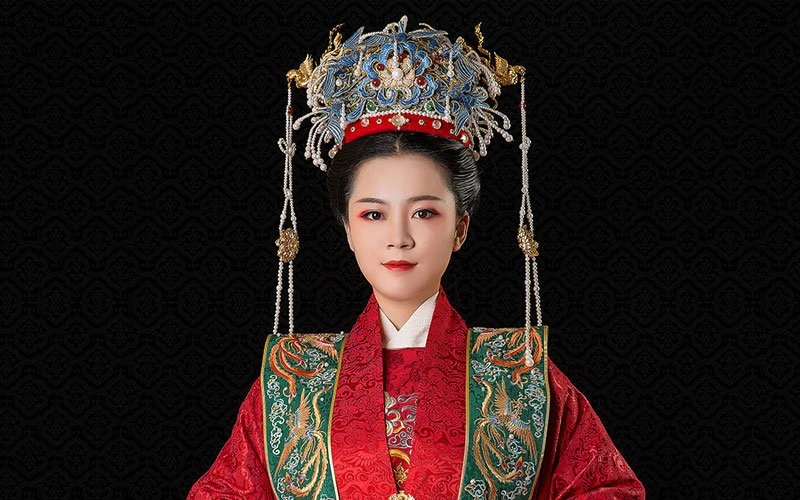
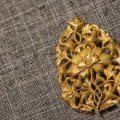

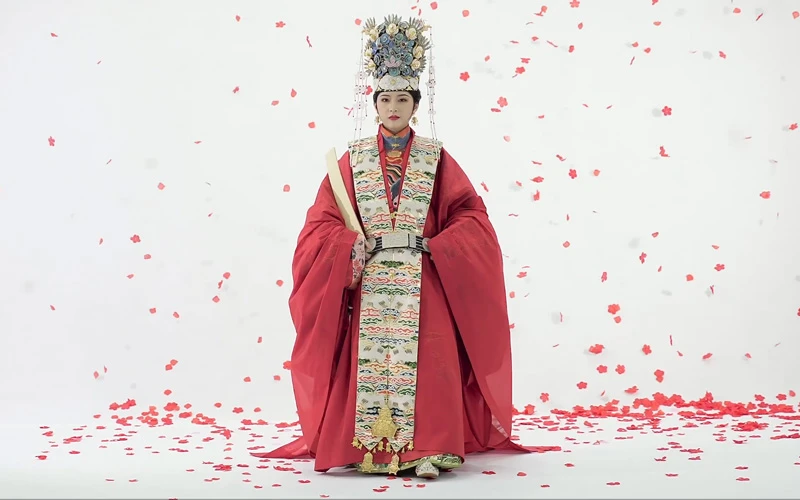


Cool!!! Iconic 😍
😍😍😍
Ooh! I wonder how the 三角兜 (Sānjiǎo dōu) is constructed. I see in the second picture it's longer than in the first. How does that work? OoO
Ciri khasnya lengan lebar,
Lebar lengan sih berubah-ubah per dinasti, lebih tepat dibilang lengannya berbentuk hampir persegi panjang. Mungkin dari sini inspirasi lengan kimono 😆
What is that Hu clothing?
the triangular pocket is interesting, I never knew that!
Me too. I always wondered how the Xiapei is kept in place.